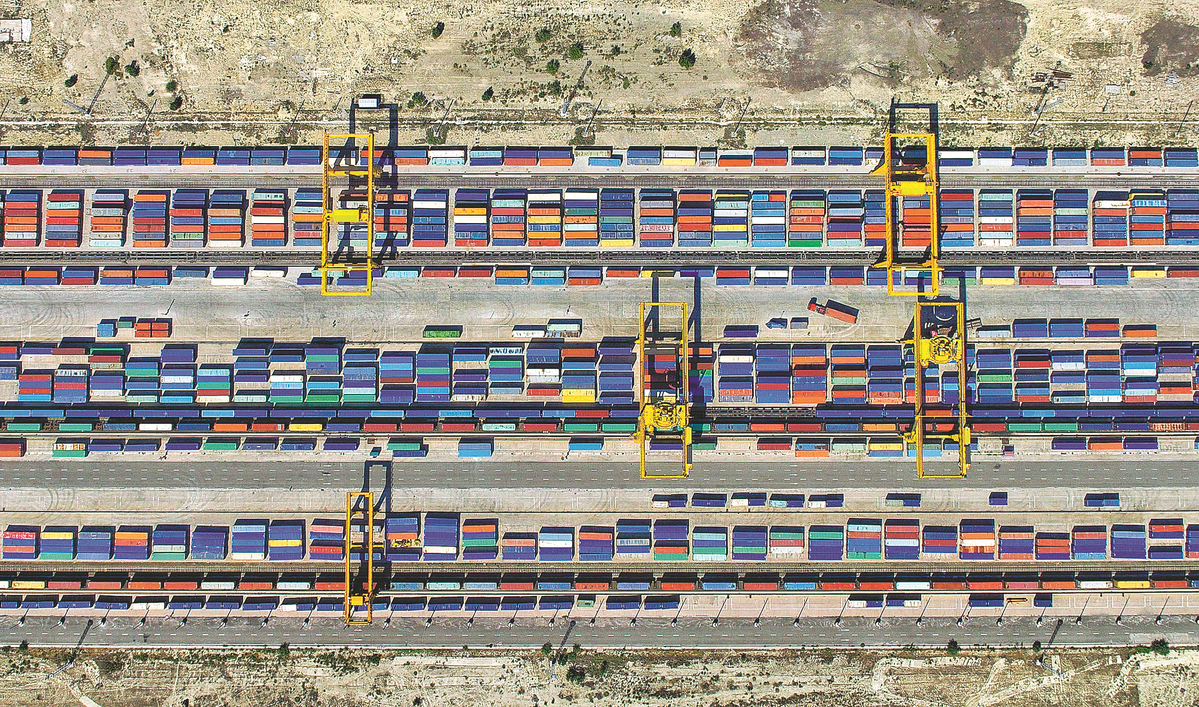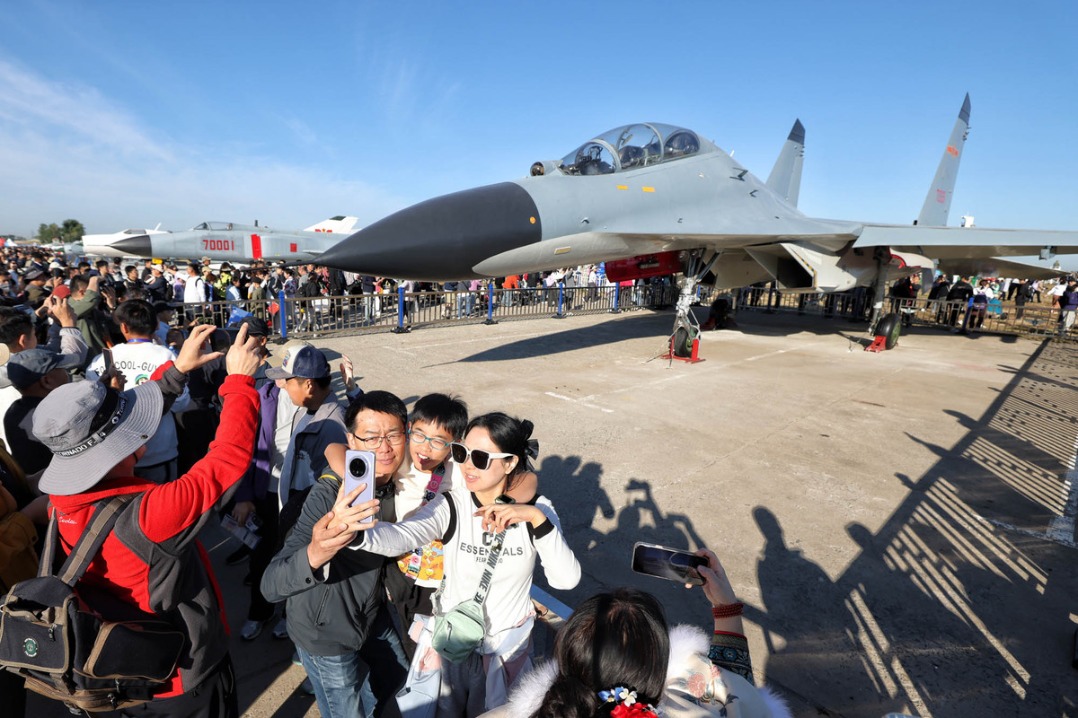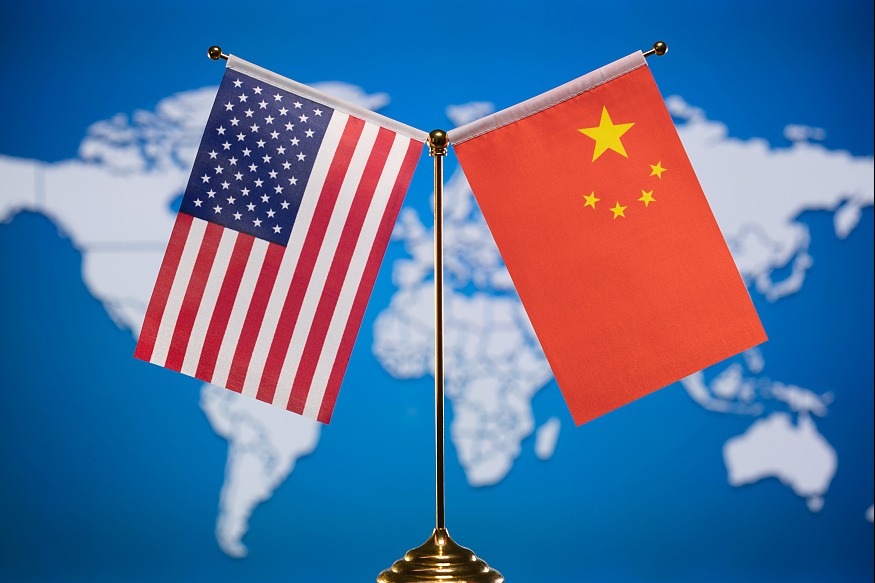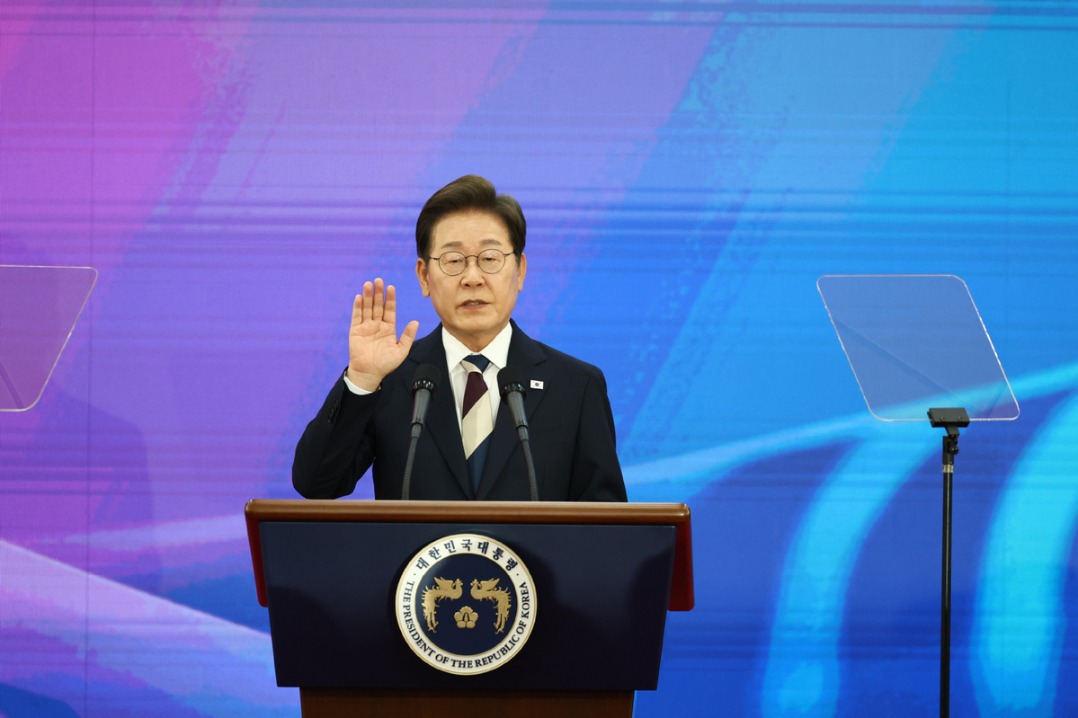Western regions new powerhouse of trade steadying supply chains


Compared with China’s more export-oriented eastern and southern coastal regions, the western region has long been regarded as the end of the global trade map. Yet the western region is expansive and rich in potential. Spanning Chongqing municipality, six provinces and five autonomous regions, it accounts for over 70 percent of the country’s land area and nearly one-third of its population.
Today, the region is playing an increasingly prominent role in global trade. In the first half of 2025, its foreign trade reached 2.12 trillion yuan ($296 billion), up 10.4 percent year-on-year, a record high for the first two quarters. Sharing borders with more than 10 countries, China’s west serves as a gateway for engagement with Central Asia, South Asia and Southeast Asia. With this geographical advantage, the region is becoming a crucial bridge between domestic and international markets. For example, the New International Land-Sea Trade Corridor, a key logistics network established in 2017, connecting China’s western regions to global markets, has expanded its reach to more than 500 ports in 127 countries and regions.
Yet the significance of this shift extends far beyond regional development. China’s western development is just one part of a broader and deliberate effort to safeguard global supply chain security, a mission that has taken on new urgency in today’s uncertain international climate. From geopolitical disruptions to climate-related risks, global production and trade systems have become increasingly fragile. In this context, China is stepping forward to offer solutions grounded in connectivity, efficiency and multilateral cooperation.
Beyond upgrading infrastructure and manufacturing capacity, China is also advancing international cooperation mechanisms to build supply chain resilience. It has actively participated in many platforms and promoted the Belt and Road Initiative. These frameworks have contributed to reducing trade barriers, harmonizing customs procedures, and expanding regional connectivity.
In parallel, China has launched joint training programs, investment facilitation platforms and digital logistics corridors with countries in Europe, Africa and Latin America, aiming to make supply chains not just faster, but more inclusive and future-proof. These efforts reflect China’s understanding that supply chain security must be rooted in cooperation, not confrontation.
While delivering a speech at the opening ceremony of the third China International Supply Chain Expo in Beijing this month, Vice-Premier He Lifeng said that China will speed up building a modern industrial system based on advanced manufacturing, and strengthen cooperation with all parties to make global supply chains more digital, smart and green. Nvidia CEO Jensen Huang shared a similar view during the expo, describing China’s supply chain as a “miracle” and highlighting the country’s deep capabilities in artificial intelligence and computer science.
In recent years, the world has witnessed increasing pressure toward decoupling and economic fragmentation. Yet China has consistently promoted connectivity over isolation, cooperation over confrontation. By upgrading transport networks, investing in green and smart logistics and fostering inclusive trade partnerships, China is playing a stabilizing role amid uncertainty.
This matters especially now, as China and the United States are starting their new round of economic and trade talks in Sweden. The round of talks represents a pivotal opportunity to inject much-needed stability and confidence into the global economy. In this regard, China’s domestic actions send a clear international message that building resilient, reliable and inclusive supply chains is not a zero-sum game. Rather, it is a foundation for shared growth and mutual benefit.
Ultimately, the transformation of China’s western region reflects the larger philosophy behind its global economic engagement. The common thread is China’s intention to support a more open, stable and predictable international trading environment.
In a world facing economic headwinds, rising geopolitical tension, and wavering trust in multilateralism, China’s approach offers an alternative vision, one where infrastructure connects rather than divides, and where major powers take shared responsibility for the health of the global economy. This vision will be essential not only for Asia’s growth but for a balanced and inclusive recovery worldwide.


































